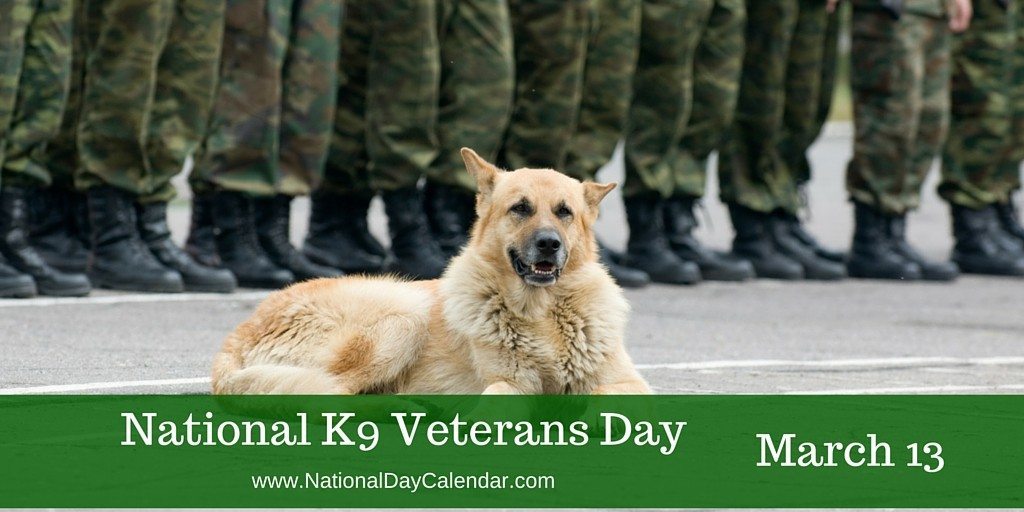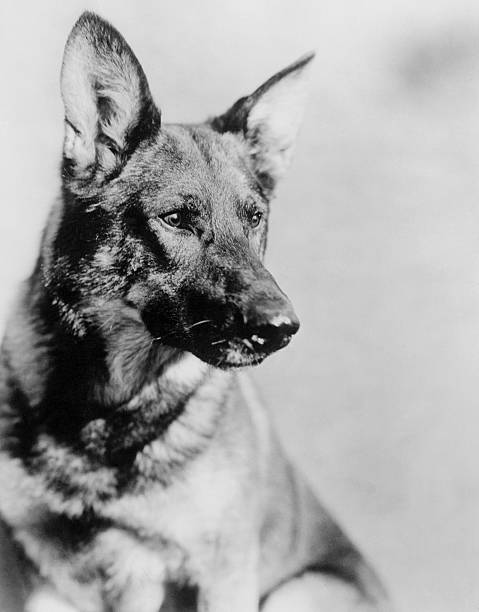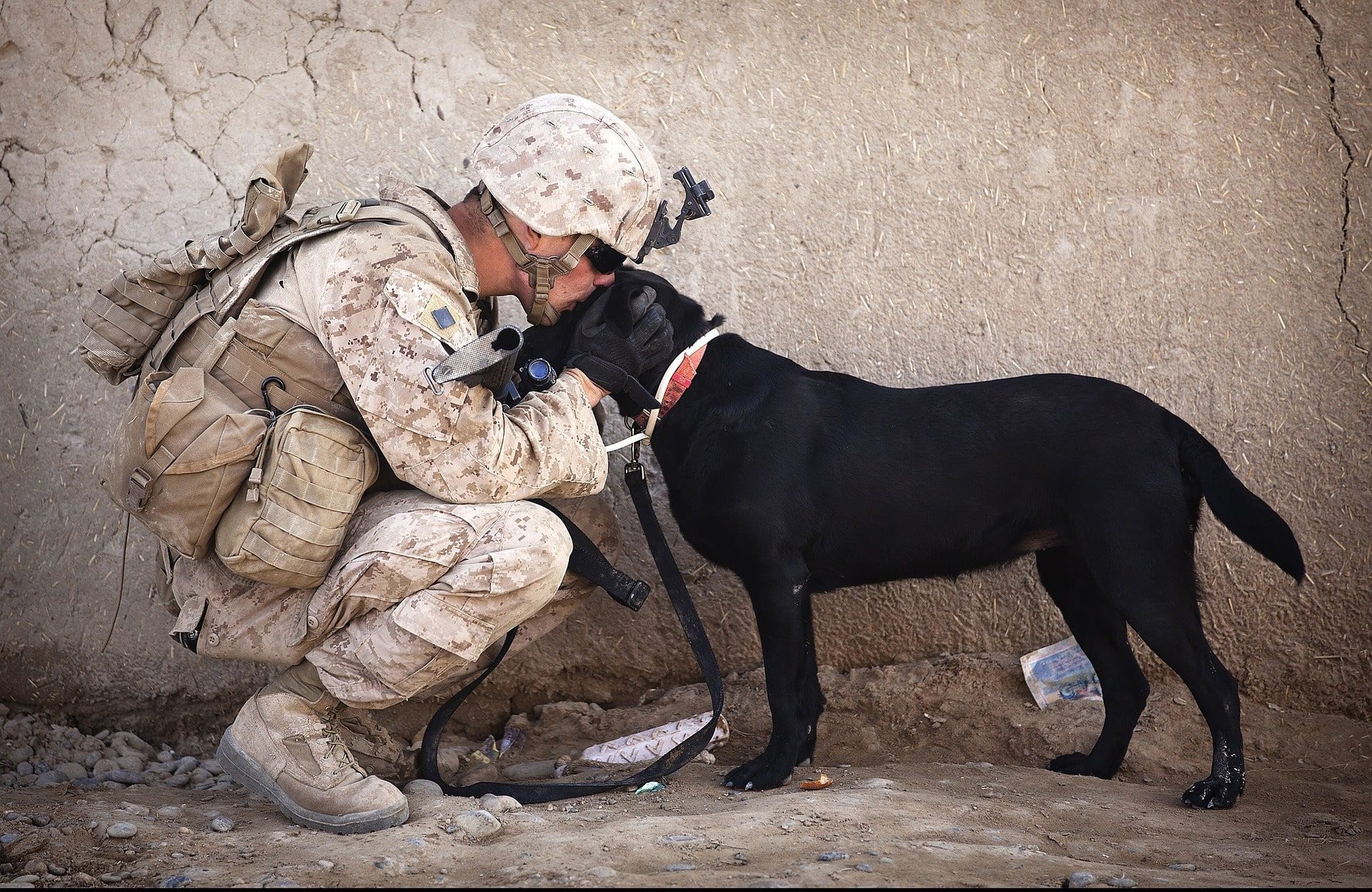
Dolly Marshall, left, and Clarice Lafreniere.
The highest civilian honor in the United States has been awarded
to two of Oregon’s own.
Clarice Lafreniere and Dolly Marshall were granted a Congressional
Gold Medal. It was part of a ceremony honoring hundreds of Rosie
the Riveters.
Lafreniere learned about the Pearl Harbor attack over the radio,
the same day that she gave birth to her daughter. Two years
later she was working as a welder and burner at the Kaiser
shipyard on Swan Island in Portland.
Marshall was was in high school when she worked as a plane
spotter in New Jersey.
(by KATU Staff)

Rosie The Riveter by Norman Rockwell (1943)



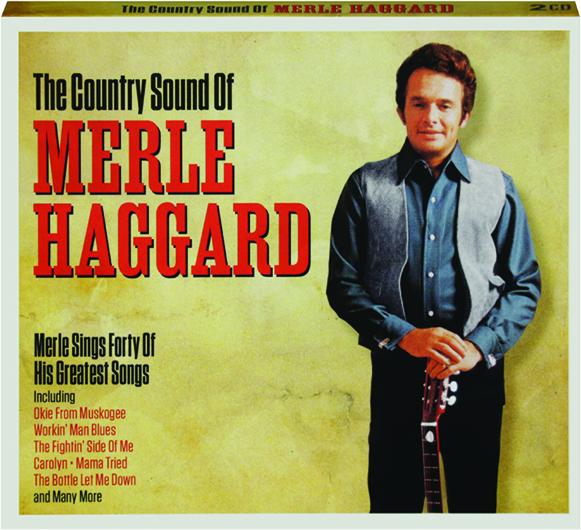




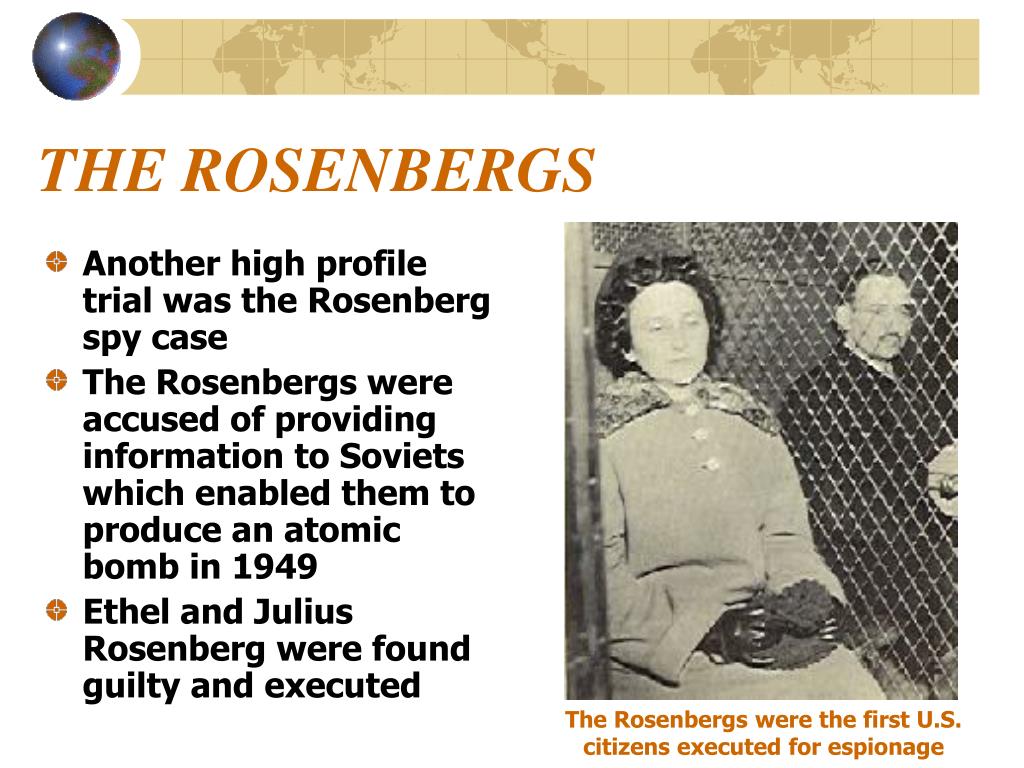
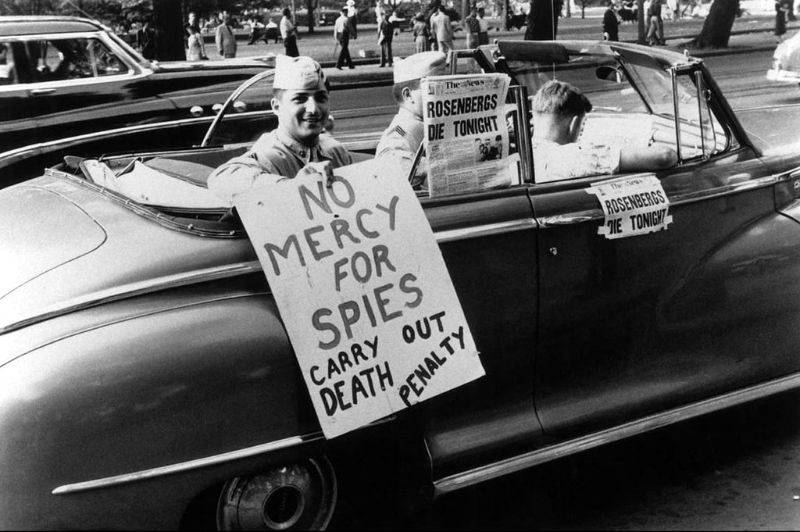
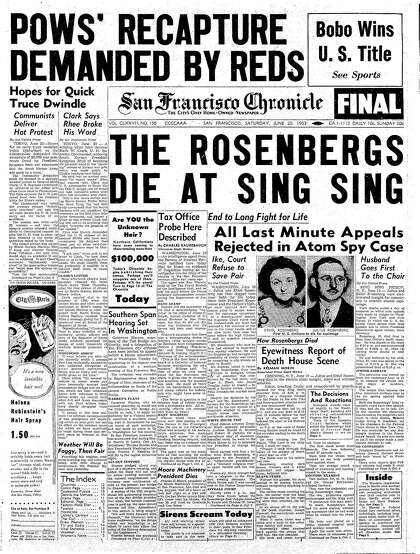
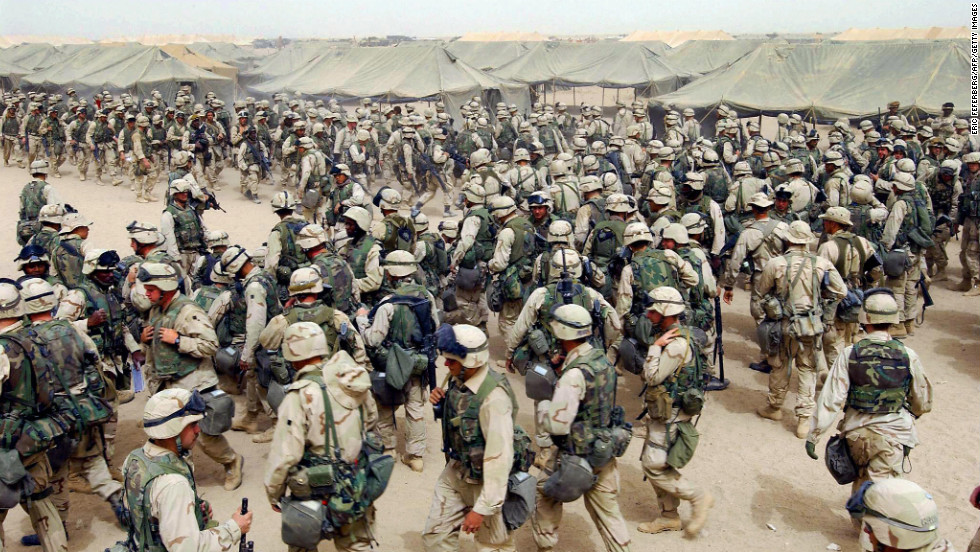


.jpg?itok=dLvalrLP)


